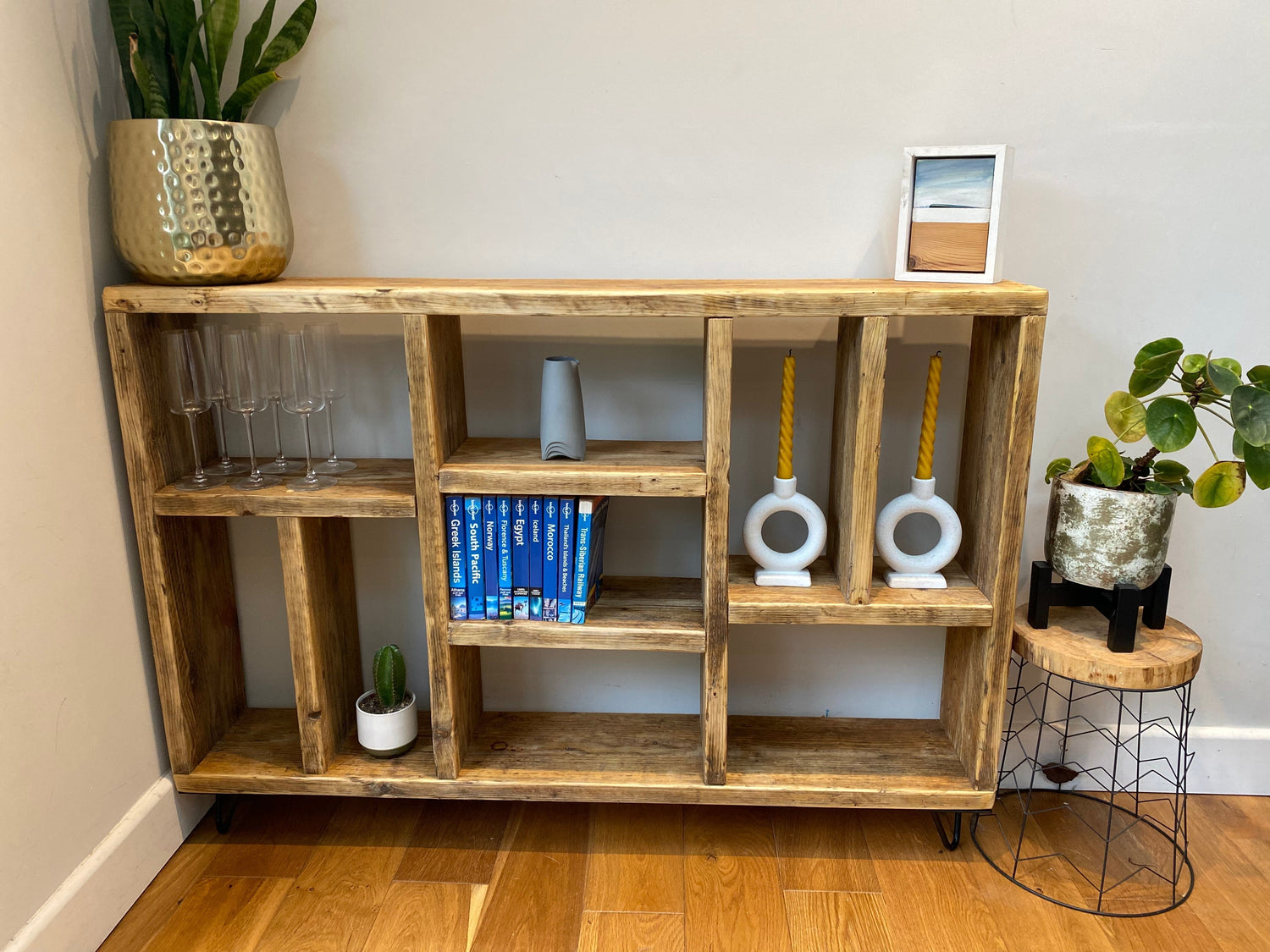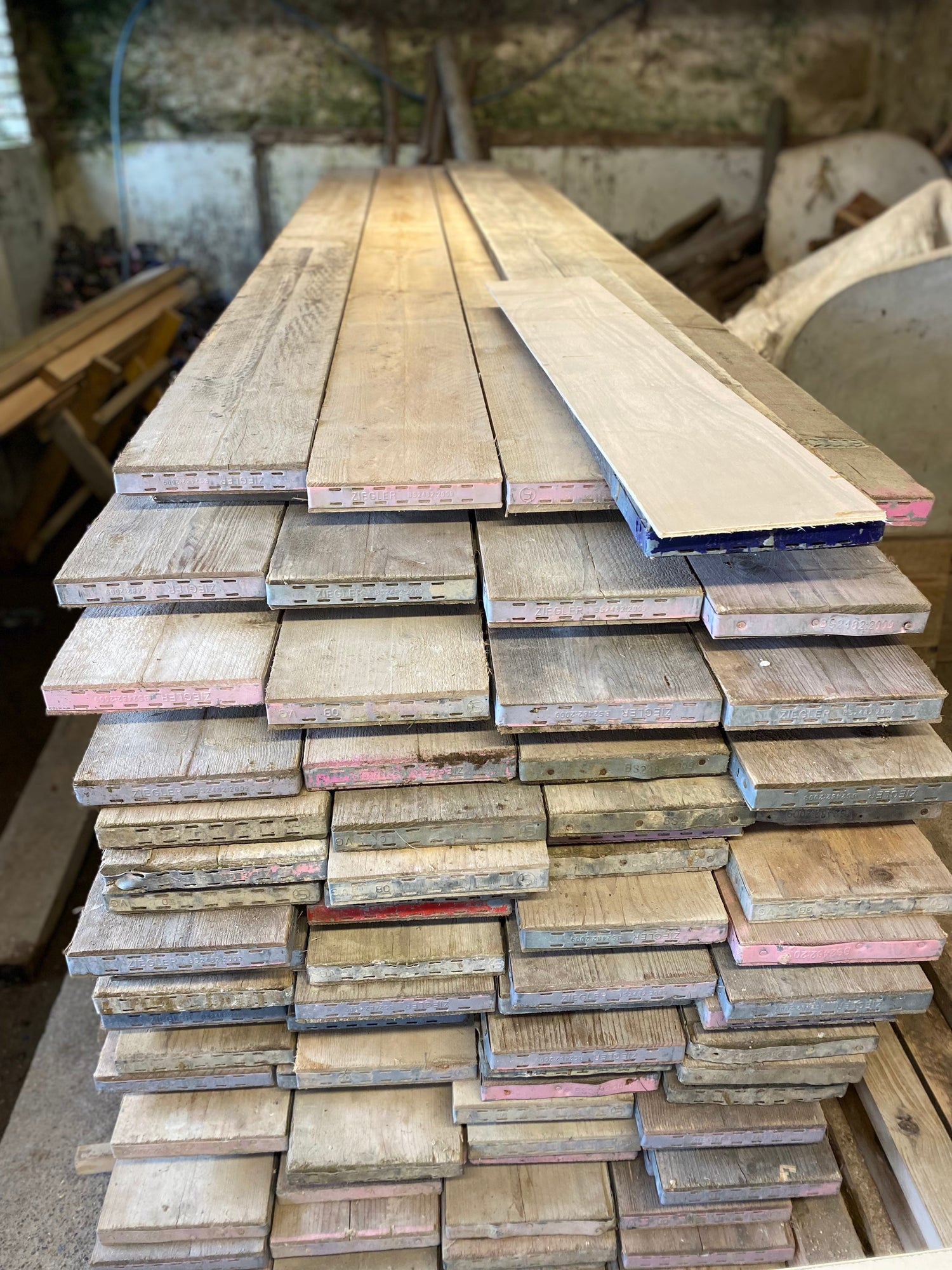Here at Little Devon Furniture co, we wanted to take a look at ways some of the reasons you can include reclaimed furniture in your home. We came up with five that we thought were important.
Sustainable furniture is an excellent way to reduce our carbon footprint and take a step towards a greener, more environmentally-friendly lifestyle. Not only does it help to preserve the planet's resources, but it also adds a unique aesthetic appeal to any home or office space. If you're looking for ways to incorporate sustainable furniture into your living or work area, here are some tips to get you started.
- Seek out furniture made from reclaimed wood:
One of the best ways to ensure sustainability in your furniture choices is by opting for pieces made from reclaimed wood. Reclaimed wood is obtained from old buildings, barns, and other structures that are being torn down or renovated. This type of wood has been given a new lease on life, preventing it from going to waste and reducing the demand for freshly sourced timber.

- Support local artisans:
Instead of buying mass-produced furniture from big-box retailers, consider supporting local artisans who use sustainable practices in creating their pieces. This not only helps reduce the impact on the environment but also contributes to the growth of small businesses in your community.

- Thrift or upcycle old furnishings:
Another great way to incorporate sustainability into your home or office space is by thrifting or upcycling old furnishings instead of buying new ones. You can find unique pieces with character at thrift stores or even repurpose items you already own with some DIY upgrades.
- Choose natural fabrics:
When selecting upholstery fabric for your sustainable furniture pieces, opt for natural materials such as organic cotton, linen, wool, hemp, or bamboo. These fabrics are free from harmful chemicals and pesticides often used in conventional textiles, making them a safer and more eco-friendly option.
- Avoid trendy, fast furniture:
While it may be tempting to follow the latest furniture trends, these pieces often have a short lifespan and end up in landfills sooner rather than later. Stick to timeless designs made from high-quality materials that will stand the test of time.
By incorporating these tips into your furniture buying process, you can create a sustainable living or work space while also doing your part for the environment. Making the switch to sustainable furniture is not only an eco-friendly choice but will also add charm and character to your home or office. Remember, every small decision we make towards sustainability has a positive impact on our planet's health for generations to come.
Thanks for reading.





